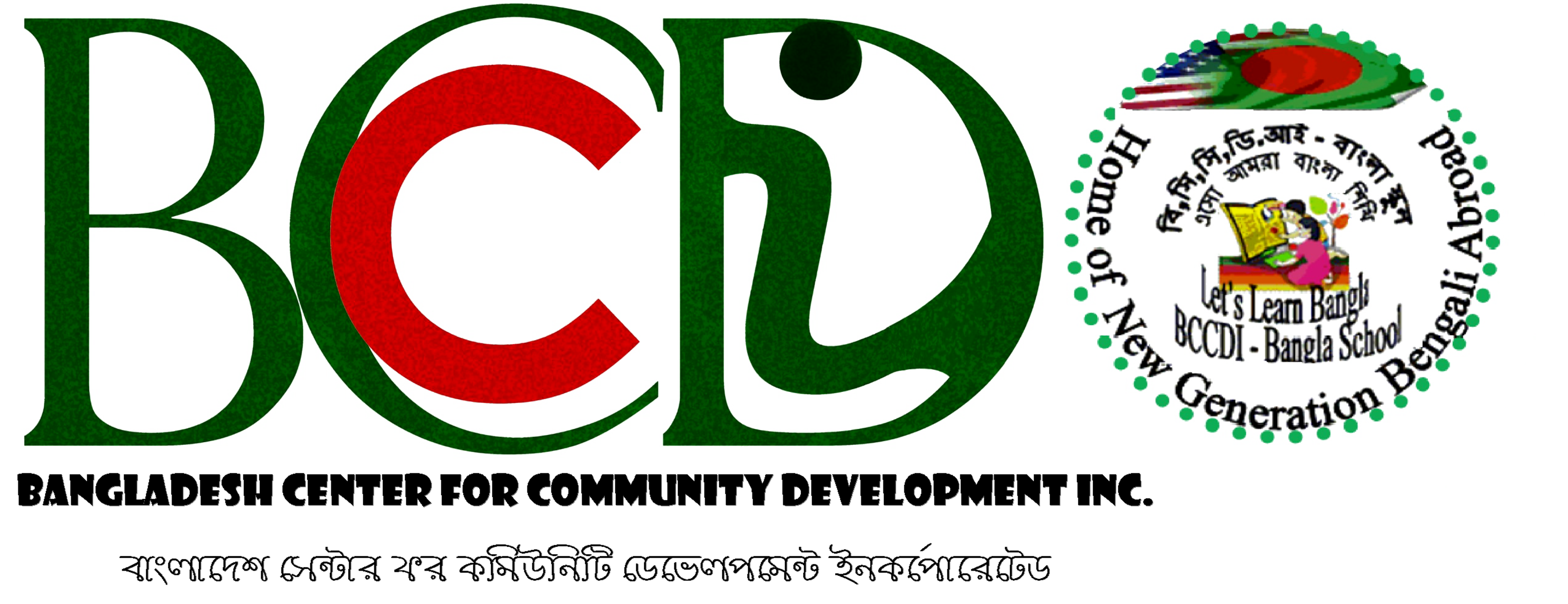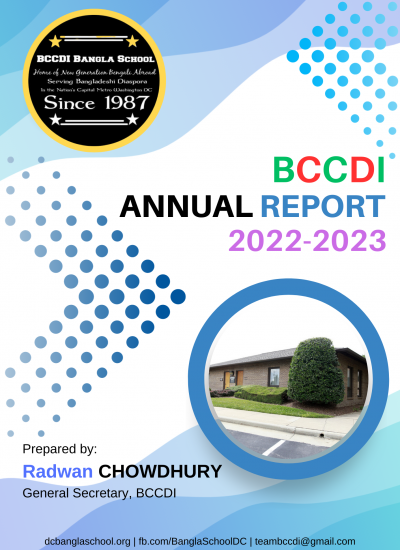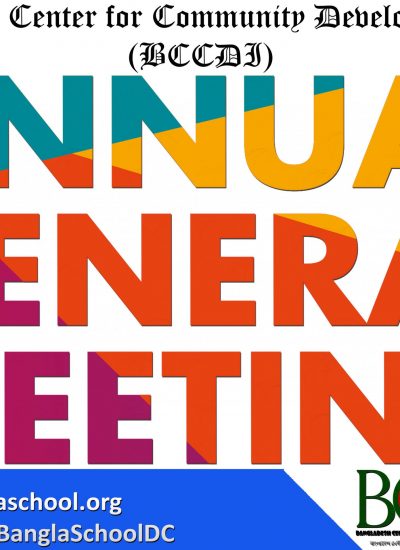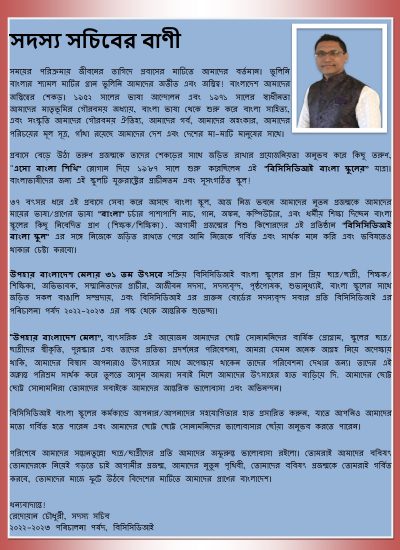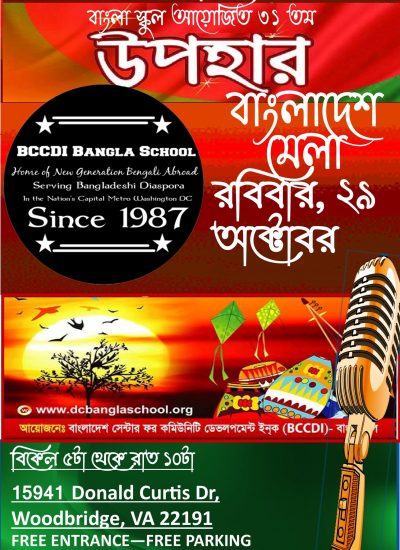BANGLA LANGUAGE

Bengali (Bangla) generally known by its endonym Bangla (বাংলা [Bangla]), is an Indo-Aryan language native to the Bengal region of South Asia. It is the official, national, and most widely spoken language of Bangladesh and the second most widely spoken of the 22 scheduled languages of India. With approximately 300 million native speakers and another 37 million as second language speakers, Bengali is the fifth most-spoken native language and the seventh most-spoken language by the total number of speakers in the world. Bengali is the fifth most spoken Indo-European language. Bangladesh is the only country on the Earth that was born on a world map based on the Glorious Language movement of 1952 culminating in the bloody birth of the nation in 1971. Its language “Bangla” is one of the official languages of the United Nation.
Bengali is the official and national language of Bangladesh, with 98% of Bangladeshis using Bengali as their first language. Within India, Bengali is the official language of the states of West Bengal, Tripura, and the Barak Valley region of the state of Assam. It is also the second official language of the Indian state of Jharkhand since September 2011. It is the most widely spoken language in the Andaman and Nicobar Islands in the Bay of Bengal and is spoken by significant populations in other states including Bihar, Arunachal Pradesh, Delhi, Chhattisgarh, Meghalaya, Mizoram, Nagaland, Odisha, and Uttarakhand. Bengali is also spoken by the Bengali diasporas (Bangladeshi diaspora and Indian Bengalis) in Europe, the United States, the Middle East, and other countries.
Bengali has developed over the course of more than 1,300 years. Bengali literature, with its millennium-old literary history, was extensively developed during the Bengali Renaissance and is one of the most prolific and diverse literary traditions in Asia. The Bengali language movement from 1948 to 1956 demanding Bengali to be an official language of Pakistan fostered Bengali nationalism in East Bengal leading to the emergence of Bangladesh in 1971. In 1999, UNESCO recognized 21 February as International Mother Language Day in recognition of the language movement.
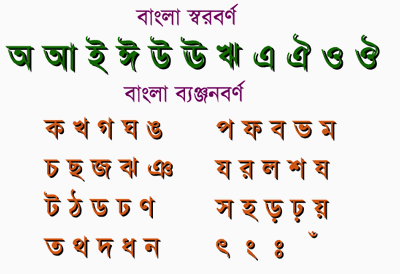
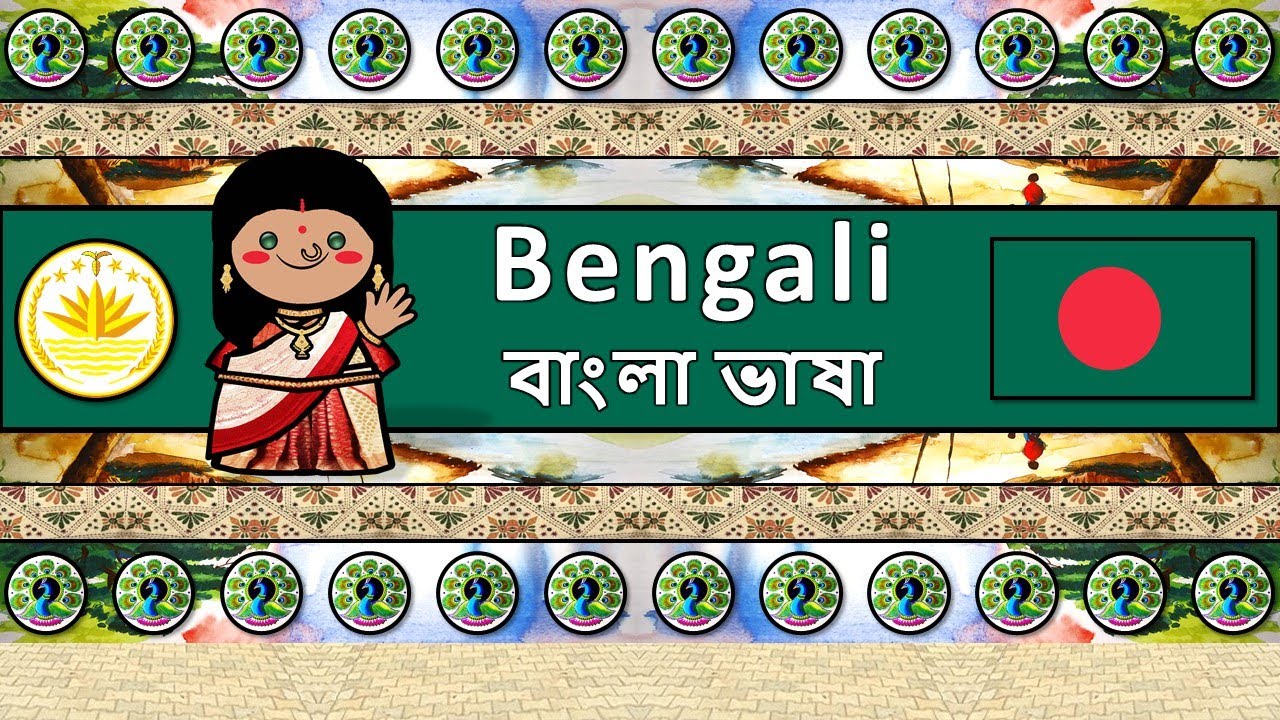
ARABIC LANGUAGE
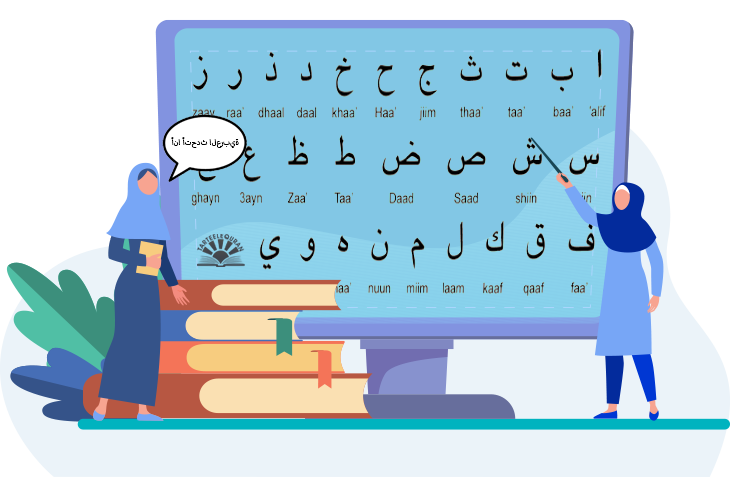
Arabic (العربية, al-ʿarabiyyah) is a Semitic language, like Hebrew and Aramaic that first appeared in the mid-ninth century BCE in Northern Arabia and the southern Levant. Unlike the latter two, where the former drives from the other, however, Arabic is itself a root language, like Latin. Unlike Latin, it is still widely used and spoken today. Around 292 million people speak it as their first language. Many more people can also understand it as a second language. The Arabic language is written from right to left in a consonant alphabet, which is also called an abjad. Since it is so widely spoken throughout the world, the language is one of the six official languages of the United Nations. The other official languages of the UN are: English, French, Spanish, Russian, and Chinese.
Many countries speak Arabic as an official language, but not all of them speak it the same way. The language has many dialects, or varieties, such as Modern Standard Arabic, Egyptian Arabic, Gulf Arabic, Maghrebi Arabic, Levantine Arabic, and many others. Some of the dialects are spoken so differently from one another that some speakers have a hard time understanding the other. Many dialectic words however are nonetheless still rooted in the original, or classical language.
Most of the countries that use Arabic as their official language are in the Middle East. They are part of the Arab World, and the largest religion in the region is Islam. Arabic is very important in Islam because Muslims believe that Allah (God) used it to talk to Muhammad through the Archangel Gabriel (Jibril), giving him the Quran in the language. Many but not all Arabic speakers are Muslims. The miracle of the Quran is believed to be in its language.
Arabic is also becoming a popular language to learn in the Western world even though its grammar is sometimes very hard to learn for native speakers of Indo-European languages. Many other languages have borrowed words from Arabic because of their importance in history. Some English words that can be traced to Arabic are sugar, cotton, magazine, algebra, alcohol, and emir.

SANSKRIT LANGUAGE
Sanskrit is regarded as the ancient language in Hinduism, where it was used as a means of communication and dialogue by the Hindu Celestial Gods, and then by the Indo-Aryans. Sanskrit is also widely used in Jainism, Buddhism, and Sikhism.
Sanskrit (ˈsænskrɪt; attributively संस्कृत-, saṃskṛta-; nominally संस्कृतम्, saṃskṛtam), is a classical language of South Asia that belongs to the Indo-Aryan branch of the Indo-European languages. It arose in South Asia after its predecessor languages had diffused there from the northwest in the late Bronze Age. Sanskrit is the sacred language of Hinduism, the language of classical Hindu philosophy, and the historical texts of Buddhism and Jainism. It was a link language in ancient and medieval South Asia, and upon transmission of Hindu and Buddhist culture to Southeast Asia, East Asia, and Central Asia in the early medieval era, it became a language of religion and high culture, and of the political elites in some of these regions. As a result, Sanskrit had a lasting impact on the languages of South Asia, Southeast Asia, and East Asia, especially in their formal and learned vocabularies.
Sanskrit generally connotes several Old Indo-Aryan language varieties. The most archaic of these is the Vedic Sanskrit found in the Rig Veda, a collection of 1,028 hymns composed between 1500 BCE and 1200 BCE by Indo-Aryan tribes migrating east from what today is Afghanistan across northern Pakistan and into northern India. Vedic Sanskrit interacted with the preexisting ancient languages of the subcontinent, absorbing names of newly encountered plants and animals; in addition, the ancient Dravidian languages influenced Sanskrit’s phonology and syntax. Sanskrit can also more narrowly refer to Classical Sanskrit, a refined and standardized grammatical form that emerged in the mid-1st millennium BCE and was codified in the most comprehensive of ancient grammars, the Aṣṭādhyāyī (‘Eight chapters’) of Pāṇini. The greatest dramatist in Sanskrit, Kālidāsa, wrote in classical Sanskrit, and the foundations of modern arithmetic were first described in classical Sanskrit. The two major Sanskrit epics, the Mahābhārata and the Rāmāyaṇa, however, were composed in a range of oral storytelling registers called Epic Sanskrit which was used in northern India between 400 BCE and 300 CE, and roughly contemporary with classical Sanskrit. In the following centuries, Sanskrit became tradition-bound, stopped being learned as a first language, and ultimately stopped developing as a living language.
The hymns of the Rigveda are notably similar to the most archaic poems of the Iranian and Greek language families, the Gathas of old Avestan, and the Iliad of Homer. As the Rigveda was orally transmitted by methods of memorization of exceptional complexity, rigor, and fidelity, as a single text without variant readings, its preserved archaic syntax and morphology are of vital importance in the reconstruction of the common ancestor language Proto-Indo-European. Sanskrit does not have an attested native script: from around the turn of the 1st millennium CE, it has been written in various Brahmic scripts, and in the modern era most commonly in Devanagari.
Sanskrit’s status, function, and place in India’s cultural heritage are recognized by its inclusion in the Constitution of India’s Eighth Schedule languages. However, despite attempts at revival, there are no first-language speakers of Sanskrit in India. In each of India’s recent decennial censuses, several thousand citizens have reported Sanskrit to be their mother tongue, but the numbers are thought to signify a wish to be aligned with the prestige of the language. Sanskrit has been taught in traditional gurukuls since ancient times; it is widely taught today at the secondary school level. The oldest Sanskrit college is the Benares Sanskrit College founded in 1791 during East India Company rule. Sanskrit continues to be widely used as a ceremonial and ritual language in Hindu and Buddhist hymns and chants.
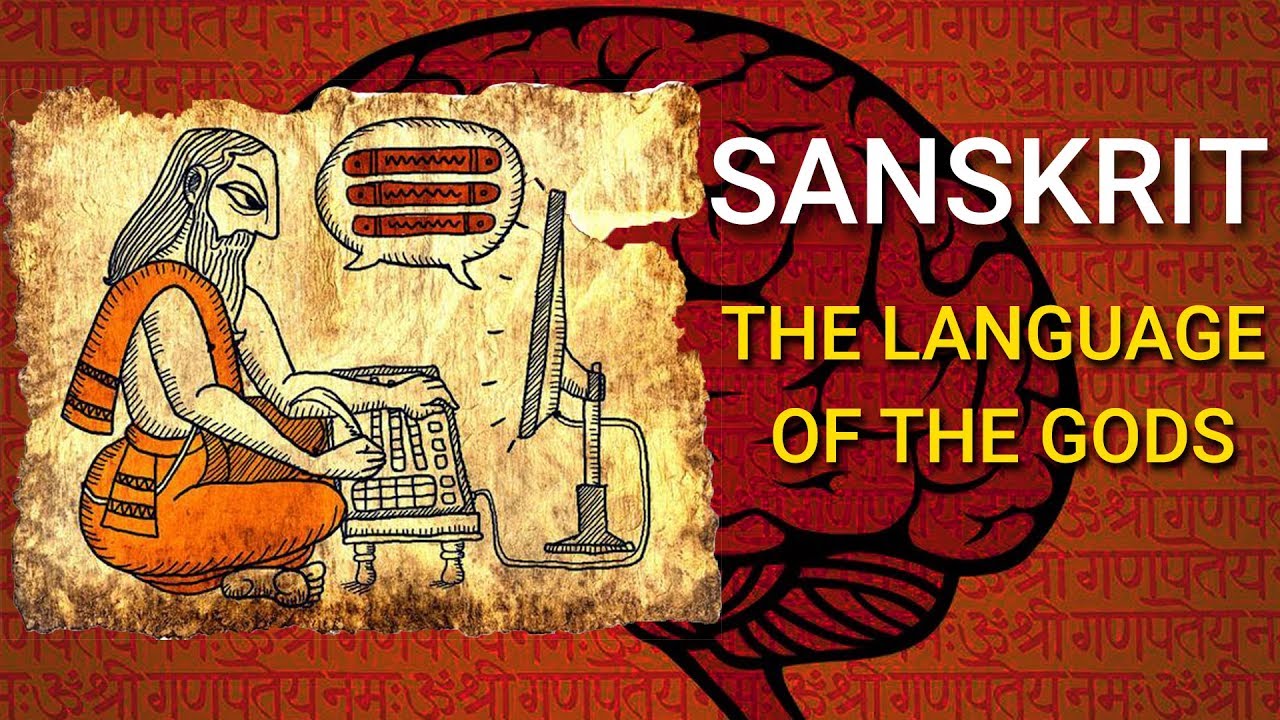
PALI LANGUAGE
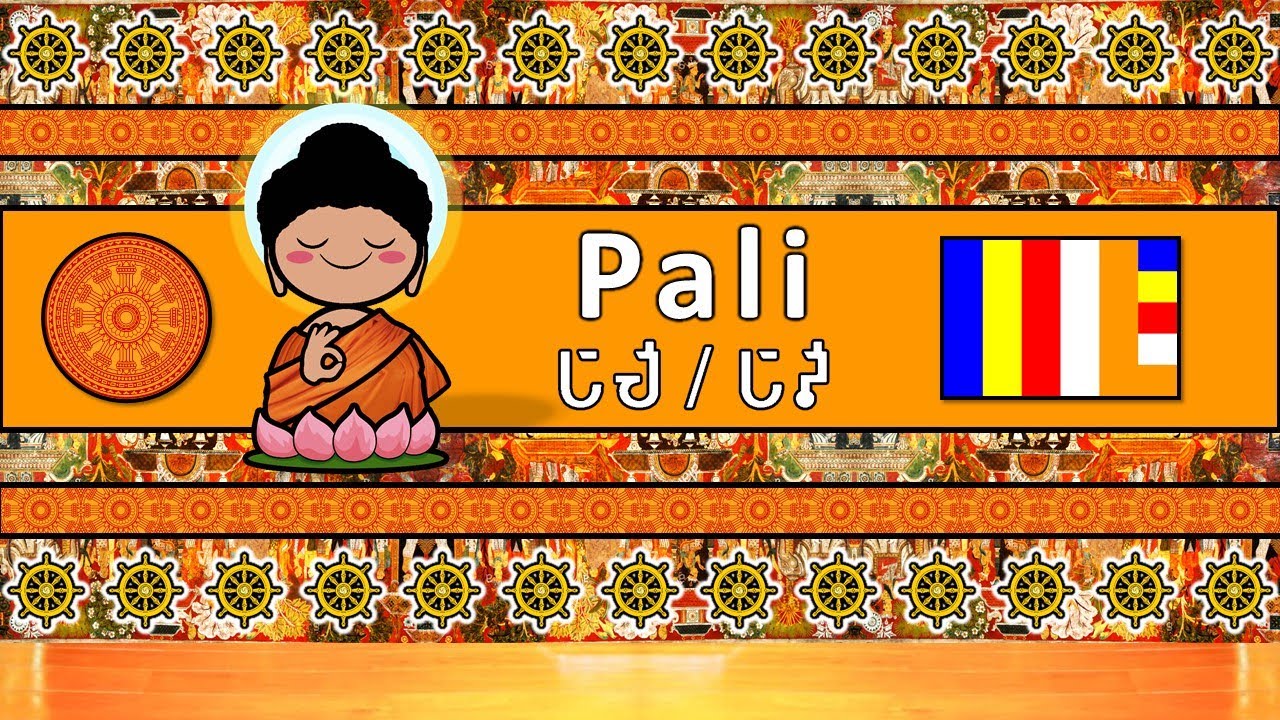
Pāli language, the classical and liturgical language of the Theravāda Buddhist canon is a Middle Indo-Aryan language of north Indian origin. On the whole, Pāli seems closely related to the Old Indo-Aryan Vedic and Sanskrit dialects but is not directly descended from either of these.
Pāli’s use as a Buddhist canonical language came about because the Buddha opposed the use of Sanskrit, a learned language, as a vehicle for his teachings and encouraged his followers to use vernacular dialects. In time, his orally transmitted sayings spread through India to Sri Lanka (c. 3rd century BCE), where they were written down in Pāli (1st century BCE), a literary language of rather mixed vernacular origins. Pāli eventually became a revered, standard, and international tongue. The language and the Theravāda canon known as Tipiṭaka (Sanskrit: Tripiṭaka) were introduced to Myanmar (Burma), Thailand, Cambodia, Laos, and Vietnam. Pāli died out as a literary language in mainland India in the 14th century but survived elsewhere until the 18th.
The word ‘Pali’ is used as a name for the language of the Theravada canon. The word seems to have its origins in commentarial traditions, wherein the Pāli (in the sense of the line of original text quoted) was distinguished from the commentary or vernacular translation that followed it in the manuscript. K. R. Norman suggests that its emergence was based on a misunderstanding of the compound pāli-bhāsa, with pāli being interpreted as the name of a particular language.
The name Pali does not appear in canonical literature, and commentary literature is sometimes substituted with tanti, meaning a string or lineage. This name seems to have emerged in Sri Lanka early in the second millennium CE during a resurgence in the use of Pali as a courtly and literary language.
BIBLE LANGUAGE
The Bible is a collection of religious texts or scriptures sacred in Christianity, Judaism, Samaritanism, and many other religions. The Bible is an anthology – a compilation of texts of a variety of forms – originally written in Hebrew, Aramaic, and Koine Greek. These texts include instructions, stories, poetry, and prophecies, among other genres. The collection of materials that are accepted as part of the Bible by a particular religious tradition or community is called a biblical canon. Believers in the Bible generally consider it to be a product of divine inspiration while understanding what that means and interpreting the text in various ways.
The religious texts were compiled by different religious communities into various official collections. The earliest contained the first five books of the Bible. It is called the Torah in Hebrew and the Pentateuch (meaning five books) in Greek; the second oldest part was a collection of narrative histories and prophecies (the Nevi’im); the third collection (the Ketuvim) contains psalms, proverbs, and narrative histories. Tanakh is an alternate term for the Hebrew Bible composed of the first letters of those three parts of the Hebrew scriptures: the Torah (“Teaching”), the Nevi’im (“Prophets”), and the Ketuvim (“Writings”). The Masoretic Text is the medieval version of the Tanakh, in Hebrew and Aramaic, that is considered the authoritative text of the Hebrew Bible by modern Rabbinic Judaism. The Septuagint is a Koine Greek translation of the Tanakh from the third and second centuries BCE (Before the Common Era); it largely overlaps with the Hebrew Bible.
Christianity began as an outgrowth of Judaism, using the Septuagint as the basis of the Old Testament. The early Church continued the Jewish tradition of writing and incorporating what it saw as inspired, authoritative religious books. The gospels, Pauline epistles, and other texts quickly coalesced into the New Testament. It has had a profound influence both on Western culture and history and on cultures around the globe. The study of it through biblical criticism has indirectly impacted culture and history as well. The Bible is currently translated or being translated into about half of the world’s languages.

